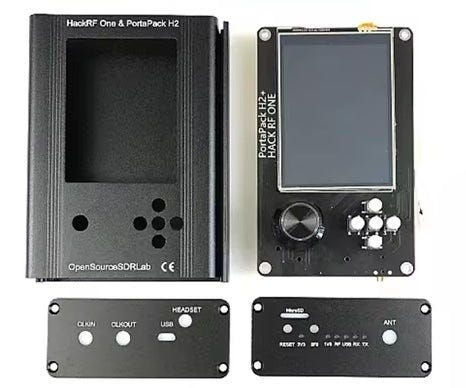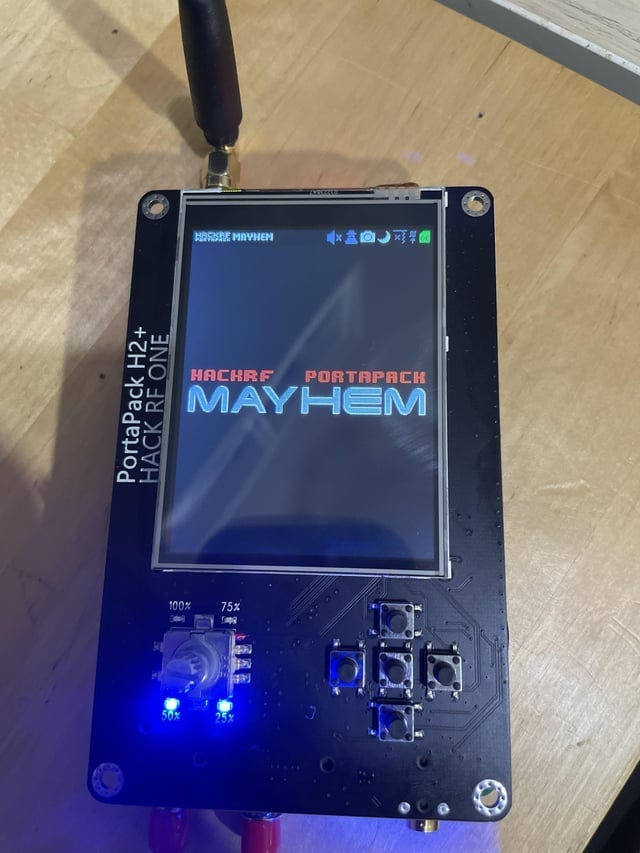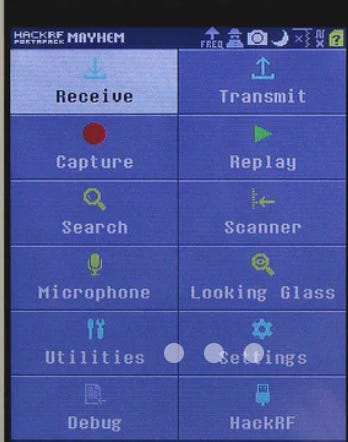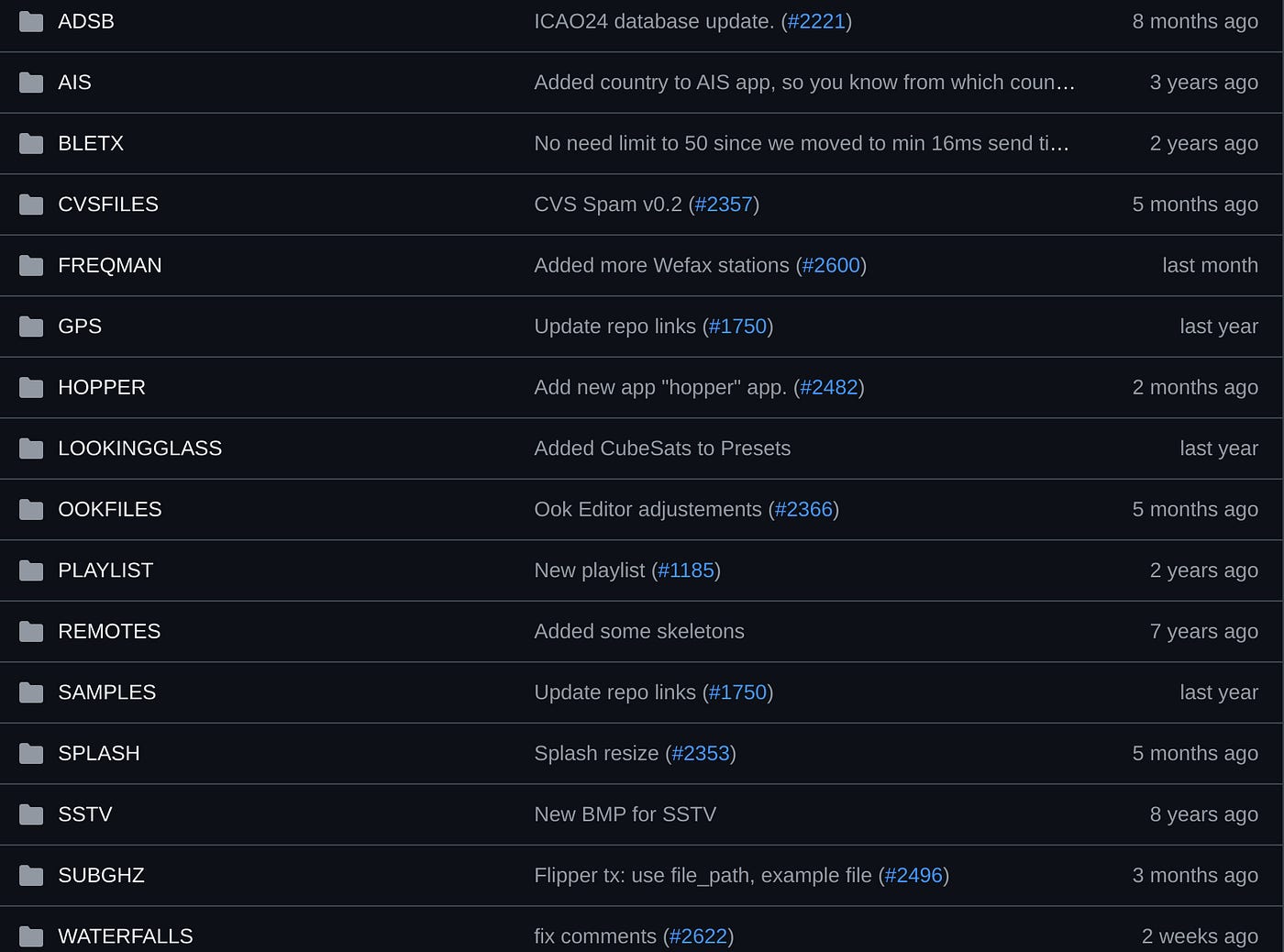Mobile Radio: The Hack RF One Portapack
If you’re of the older generation, you probably remember a time when radios were expensive. Like, really REALLY expensive. And, while it’s fair to say that even today we can get our hands on some seriously expensive hardware, it’s also fair to say that the boom in electronics has seen the prices of some pieces of equipment come down significantly.
We’ve got the always controversial Baofengs that retail for under $50, while for many, the RTL-SDR provided a cheap and cheerful introduction to the world of software-defined radio for around the price of a pizza. For most though, it was hard to find a package that worked in terms of price, sensitivity and reliability however, as things have evolved, we are starting to see more hardware that meets these goals.
In today's article, we’ll be looking at a piece of equipment that does just that. While it’s by no means a new piece of gear, if you’re currently taking your first steps into the world of radio, then it still deserves some consideration.
We are, of course, talking about the ubiquitous HackRF One.
What Is It
An open-source software designed radio originally designed by Great Scott Gadgets, a few years after launch, the HackRF came to the attention of Chinese retailers like AliExpress. While it was originally released as “just” a board, shortly after launch, we would see the evolution of the “Portapack”. Endowing the unit with a reasonably sized touchscreen, onboard speaker, jogwheel and buttons, the portapack allowed you to take your HackRF out into the real world to find and explore radio signals.
Because of this attention, the market has exploded with clones that are becoming more affordable. With some careful shopping, around $200 should get you a unit delivered to your door and ready to go, while a strong community of users has developed a broad range of well-supported apps and firmware to go with it.
Differing from its RTL-based cousin, the HackRF is a fully fledged, wideband transceiver, and when we say wideband, we mean it. The unit will get you receiving signals from 1MHz all the way through to 6GHz, while those of you with licenses can also transmit through the same range.
While it isn’t without its downsides, it’s still a great tool for the budding radio hacker to have in the toolkit.
The Mayhem Firmware
While the portapack is pretty well configured in standard form, the real magic comes when you load the unit with the aftermarket “Mayhem” firmware. Unlocking a broad range of both transmit and receive apps, the aptly named Mayhem firmware allows you to explore the radio spectrum in ways that leave other SDR units feeling decidedly…lacking.
You’ll need a license to make the most of the transmit side of this firmware, but even those who choose not to transmit will find the large range of receive apps to be quite fun.
In standard trim, you can carry out Foxhunting activities, receive BTLE beacons and identify devices and even track ships and planes using the onboard AIS and ADS-B apps.
The Mayhem firmware deserves more than a paragraph to break down properly, which is a great thing, as we’ll be writing more about this over the coming months.
Caveats
While the PortaPack is a versatile SDR platform, it does have some notable flaws that you should be aware of before you decide to purchase.
Its receiver sensitivity is limited by a relatively high noise floor, making it less effective for weak signals compared to dedicated receivers like the Airspy or RTL-SDR.
The basic interface can feel clunky for complex tasks, and its battery life (especially with older versions like the H1) is often short, requiring frequent recharging or external power for extended use.
Transmitting capabilities, while powerful, are capped at low power (up to 10 dBm), limiting range, and improper use risks legal violations due to strict regulations.
Lastly, clones or low-quality PortaPacks from unreliable vendors can suffer from hardware issues, while for newbies, it might be “too much” radio. You may also find that some of the clones have little in the way of long-term support.
We’d encourage you to consider these limitations before you purchase.
Ethical Considerations
Like most cybersecurity situations, some ethical requirements should also be considered before you decide to purchase.
Firstly, transmitting signals without proper licensing or authorisation is illegal in most jurisdictions and can disrupt critical systems like emergency services, leading to severe penalties.
In fact, in some countries, even receiving certain signals, such as encrypted communications, may violate privacy laws. So, it’s worth taking the time to understand your local laws and regulations before you decide to purchase.
Users should use the device strictly for educational, research, or authorised purposes, such as amateur radio or consensual security testing and have a clear understanding of transmission types and protocols before going key down.
Lastly, while the device is reasonably low-powered, the provision of app-based systems means that the unit has some surprising functions onboard.
What type of functions? You’ll have to subscribe for part two to find that out.
If you found this article insightful, informative, or entertaining, we kindly encourage you to show your support. Clapping for this article not only lets the author know that their work is appreciated but also helps boost its visibility to others who might benefit from it.
🌟 Enjoyed this article? Join the community! 🌟
📢 Join our OSINT Telegram channel for exclusive updates or
📢 Follow our crypto Telegram for the latest giveaways
🐦 Follow us on Twitter and
🟦 We’re now on Bluesky!
🔗 Articles we think you’ll like:
- What The Tech?! Space Shuttles
- Shodan: A Map of the Internet
✉️ Want more content like this? Sign up for email updates





























